
The Rule of 55
Discover how The Rule of 55 allows penalty-free 401(k) withdrawals for those 55+ who leave their jobs. Learn more about its benefits and implications.

Discover how The Rule of 55 allows penalty-free 401(k) withdrawals for those 55+ who leave their jobs. Learn more about its benefits and implications.
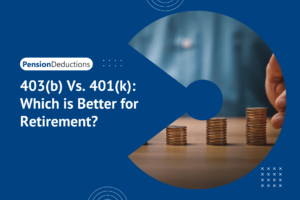
Explore the key differences between 403b vs 401k plans. Understand their features, benefits, and who should choose each for optimal retirement savings.
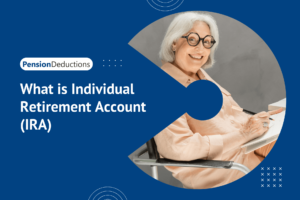
Explore the types of Individual Retirement Accounts and learn how each can enhance your retirement savings and tax benefits for a secure future.

Discover how The Rule of 72 allows penalty-free 401(k) withdrawals for those 55+ who leave their jobs. Learn more about its benefits and implications.
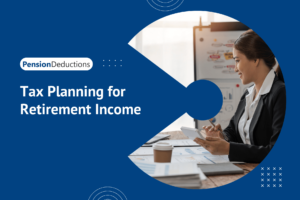
Discover effective tax planning for retirement strategies. Maximize your income, minimize taxes, and secure your financial future today.
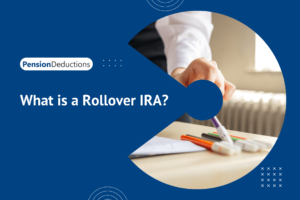
Discover the benefits of a Rollover IRA. Learn about types, rules, and how to maximize your retirement savings with tax-efficient transfers.
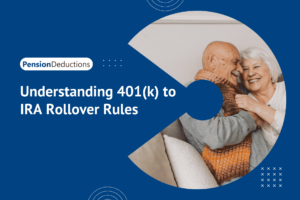
Learn how to successfully rollover 401k to IRA. Discover benefits, processes, and key considerations for a secure retirement.

Know the Pros and Cons of retirement annuities, including steady income streams, longevity protection, tax advantages, and customizable options.
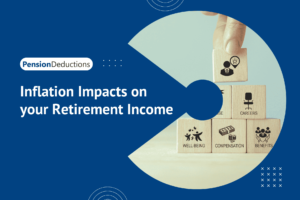
Discover how inflation impacts on your retirement income. Learn strategies to safeguard your savings and maintain purchasing power in an uncertain economy.

Explore the 403(b) Tax-Sheltered Annuity Plan for public and non-profit employees, highlighting tax benefits, contribution limits, and investment options for retirement.
Hi ,
The information you have provided is as follows:
Three year average income:
Participant’s age:
A participant with the above mentioned parameters can accumulate
(Lump Sum at Retirement Amount) till he reaches an assumed retirement age of (Retirement Age) . In the first year, a maximum contribution of (Maximum Contribution) can be made to the plan.
A plan can be incorporated at any time during the year, and within a certain time in the following year. The funding of the defined benefit plan can also happen any time before the company files its tax returns.
If you have employees, the IRS mandates you to make available a retirement plan for employees as well. Depending on the plan design, you will be required to contribute an amount of 3% to 7.5% of the employee wages in a profit sharing plan. We will consult with you to come up with the best plan design based on your circumstances and company demographics. Our Census Request Form will be emailed to you which has to be filled and sent back to info@pensiondeductions.com .
Please enter your email address below. A comprehensive report shall be emailed to you outlining the further steps you need to take in order to get started with a defined benefit plan.
Please note that these contribution amounts are approximate amounts and only for the first year of the plan. These amounts still need to be certified by an actuary and contributions should not be made based only on the amounts generated by the online calculator without consulting an actuary.
Request a call back from a Pension Consultant
Please enter your email address below. If you do not receive our email in a few minutes, please check your spam folder.
